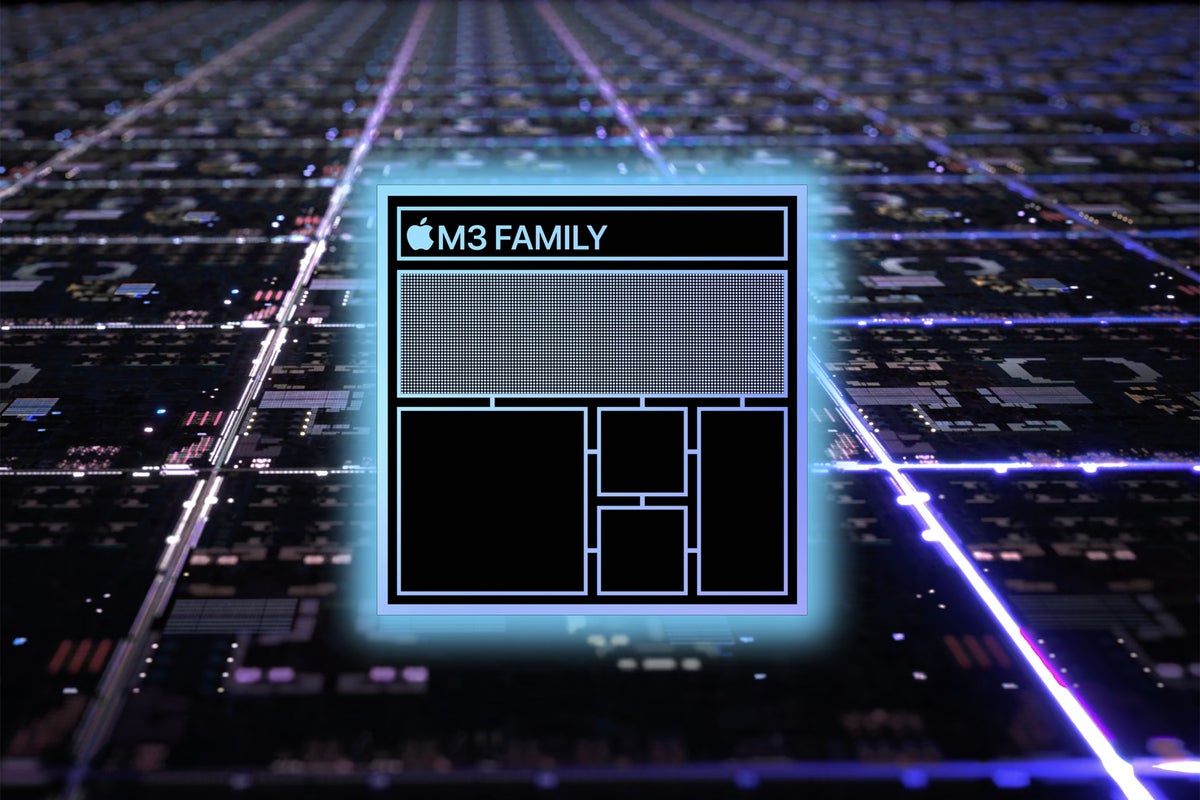Apple’s machine learning (ML) teams have released a new ML framework for Apple Silicon: MLX, or ML Explore arrives after being tested over the summer and is now available through GitHub.
Machine Learning for Apple Silicon
In an X-note, Awni Hannun, of Apple’s ML team, calls the software: “…an efficient machine learning framework specifically designed for Apple silicon (i.e. your laptop!)”
The idea is that it streamlines training and deployment of ML models for researchers who use Apple hardware. MLX is a NumPy-like array framework designed for efficient and flexible machine learning on Apple’s processors.
This isn’t a consumer-facing tool; it equips developers with what appears to be a powerful environment within which to build ML models. The company also seems to have worked to embrace the languages developers want to use, rather than force a language on them – and it apparently invented powerful LLM tools in the process.
Familiar to developers
MLX design is inspired by existing frameworks such as PyTorch, Jax, and ArrayFire. However, MLX adds support for a unified memory model, which means arrays live in shared memory and operations can be performed on any of the supported device types without performing data copies.
The team explains: “The Python API closely follows NumPy with a few exceptions. MLX also has a fully featured C++ API which closely follows the Python API.”
Notes accompanying the release also say:
“The framework is intended to be user-friendly, but still efficient to train and deploy models…. We intend to make it easy for researchers to extend and improve MLX with the goal of quickly exploring new ideas.”
Pretty good at first glance
On first glance, MLX seems relatively good and (as explained on GitHub) is equipped with several features that set it apart — for example, the use of familiar APIs, and also:
Composable function transformations: MLX has composable function transformations for automatic differentiation, automatic vectorization, and computation graph optimization.
Lazy computation: Computations in MLX are lazy. Arrays are only materialized when needed.
Dynamic graph construction: Computation graphs in MLX are built dynamically. Changing the shapes of function arguments does not trigger slow compilations, and debugging is simple and intuitive.
Multi-device: Operations can run on any of the supported devices (currently, the CPU and GPU).
Unified memory: Under the unified memory model, arrays in MLX live in shared memory. Operations on MLX arrays can be performed on any of the supported device types without moving data.
What it can already achieve
Apple has provided a collection of examples of what MLX can do. These appear to confirm the company now has a highly-efficient language model, powerful tools for image generation using Stable Diffusion, and highly accurate speech recognition. This tallies with claims earlier this year, and some speculation concerning…
2023-12-12 18:00:04
Link from www.computerworld.com rnrn
